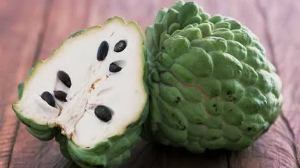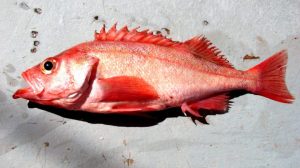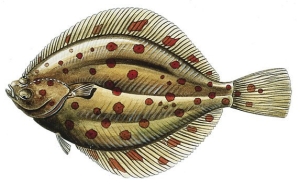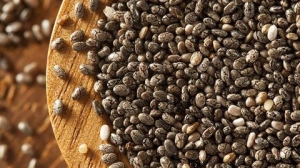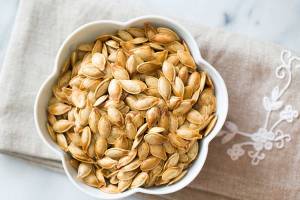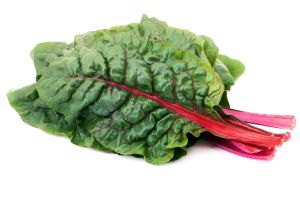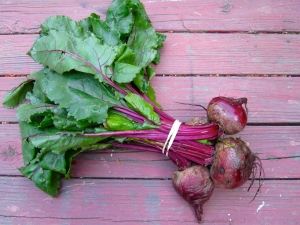-Akash Gupta (Roll No.08)
Introduction:
Parwanipur is located at Bara District of Nepal in the southern plains. It is nearby Birgunj, the economic capital & gateway to Nepal. Like other Nepalese agrarian community, the major source of income of this area is Agriculture, followed by service in different factories located nearby. The area is Nepal’s smallest rural municipality too. With increment in number of factories in the Birgunj-Pathlaiya corridor, the arable land proportion is gradually decreasing. Similarly, the pollution created by the factories is causing climate change. The ground water of the area is sharply decreasing & arsenic in water can be easily tasted due to excessive ground water usage by industries in this area. Hence, all these scenarios in a way or two have impacted agriculture of the area negatively.

The richness of an agriculture community is indicated by the diversity of agricultural crops the place posses. The agricultural biodiversity serves as an important tool for plant breeding, plant improvement & productivity enhancement. It plays a crucial part in ensuring food security. Though such diverse varieties may not have high productivity but being adapted to a particular domain, they possess resistant genes & give fair production consistently. While the productivity consistency of hybrids or foreign varieties are not guaranteed & we often come to hear about crop failures & floral sterility of such crops. Few years, around 5000 ha of maize field didn’t bear a single cob in different places of Bara District. Apart from these, their seeds are expensive & beyond reach of common farmer. Similarly, the local crops are resistant to insects & diseases. Thus, presence & usage of local agro biodiversity has economic as well as productive benefit.
Status of Agrobiodiversity:
In context of Parwanipur, the agro biodiversity status is neither too high nor too low; it is of mediocre type. However, being located nearby Regional Agriculture Research Station & Sugarcane Research programs, various genotypes of various crops have been preserved by the gene banks there. Most of them are still under cultivation at farmer level too. There is no community level gene bank in the area. Farmers have been cultivating the seeds of preceding year as seed for next season. However, some sort of selection at field level based on number of grains, size of grains is age long practice of the area. The major agronomic crops grown in this area are Rice, Wheat, Maize, Lentil, Flax, Amaranthus, Potato, Sugarcane and Mustard. In horticultural aspects, vegetables like Tomato, cowpea, cucumber, bottle gourd, ash gourd, pointed gourd, Ivy gourd, Rapeseed & mustard greens, spinach, amaranth green, Beans etc & fruit like Mango, Litchi, Guava, Papaya, Custard Apple, Badahar, etc are found.
- Food Crop Diversity
The agro biodiversity status of such crops at Parwanipur is given below:
- Rice (6 varieties): Mansuli, Sona Mansuli, Anandi, Sethi, Katarni, Basmati
- Wheat (3 varieties): Local, Aditya, Vijay
- Maize (3 varieties): Rampur Composite, Makwanpur, Local
- Lentil (1 vareity): Masuri
- Pigeon Pea (1 vareity): Rahar
- Flax (1 vareity): Badka Tisi
- Potato (2 varieties): Lalka, Ujarka, Janakdev
- Amaranthus (1 vareity): Ramdana
- Sugarcane (3 varieties): Jitpur-1, Jitpur-2, Jitpur-3
- Mustard (2 varieties): Tori, Sarso
- Tomato (3 varieties): Srijana, Lamka, Chotka, Latrauwa
- Ivy Gourd (1 variety): Khurduni
- Ash Gourd (1 variety): Ujarka
- Bottle Gourd (1 variety): Golka
- Cucumber (2 varieties): Local, Kathmandu Local
- Beans (3 varieties): Chaputka, Lamka, Jhanga
- Mango (3 varieties): Sabja, Dasheri, Maldev
- Guava (2 variety): Lal Gudda, Safed Gudda
- Papaya (1 variety): Bar masiya
- Custard Apple (1 variety): Sitafal
- Litchi (1 variety): Mujaffarpur
Hence, all together, about 40 different agriculturally important crop varieties are found in Parwanipur.
2. Fish Diversity
Parwanipur is also rich in aquatic resources. The sirisia river, swampy area & rice fields of Parwanipur are home to indigenous fishes like Tengra, Pothiya, Sipia. The fishes like common carp, bighead carp, silver carp, tilapia, catla, rohu are also reared in ponds.
3. Livestock Diversity
Similarly, breeds of goat available at Parwanipur comprise of Black Bengal and Khari. Sheeps of Lampuchhre are preferred by the people. The exotic milch breeds of cows like Holstein Freisian, Jersey, Haryana are available. The buffalo community comprises of Murrah mainy. Parwanipur lacks indigenous livestock breeds.
Conclusion:
Parwanipur is moderately rich in agro biodiversity scenario. However, due to lack of gene banks, shrinkage of agricultural lands & climate change, the existing biodiversity resource are at risk. The concerned authorities must keep an eye to this striking problem.
References:
a. Village Profile, Parwanipur Municipality-2078
b. Interview & Interaction with Parwanipur Farmers
c. Vegetable & Meat Market Visit, Parwanipur












